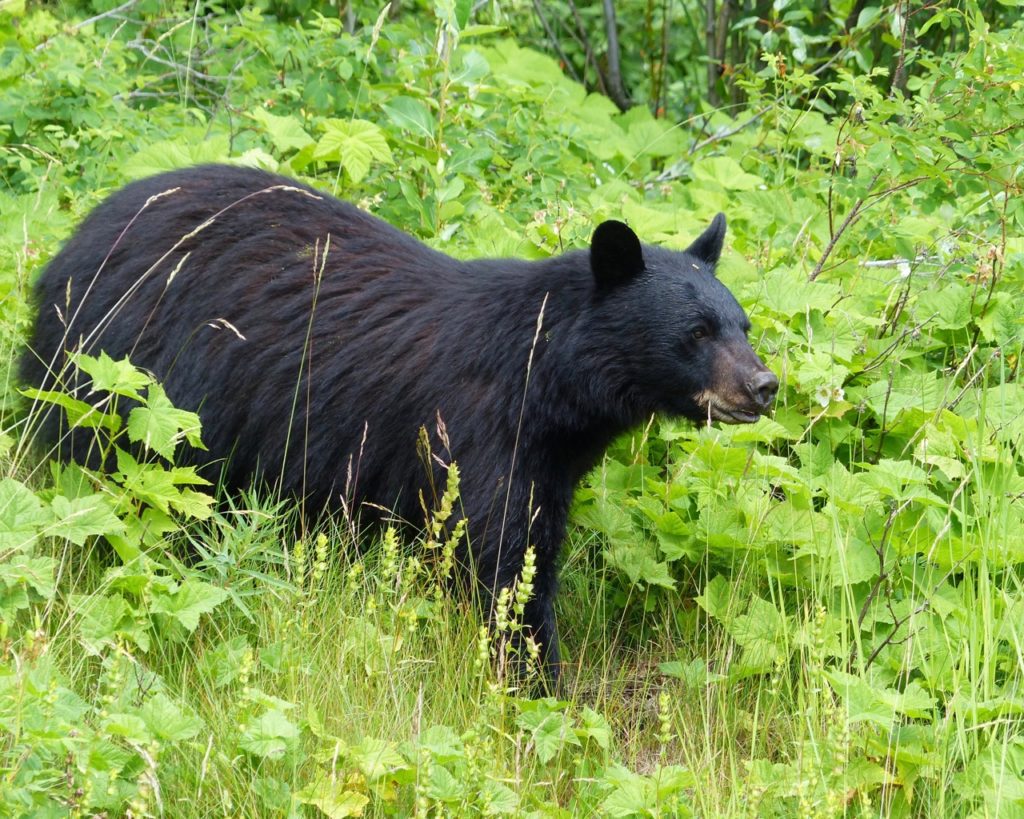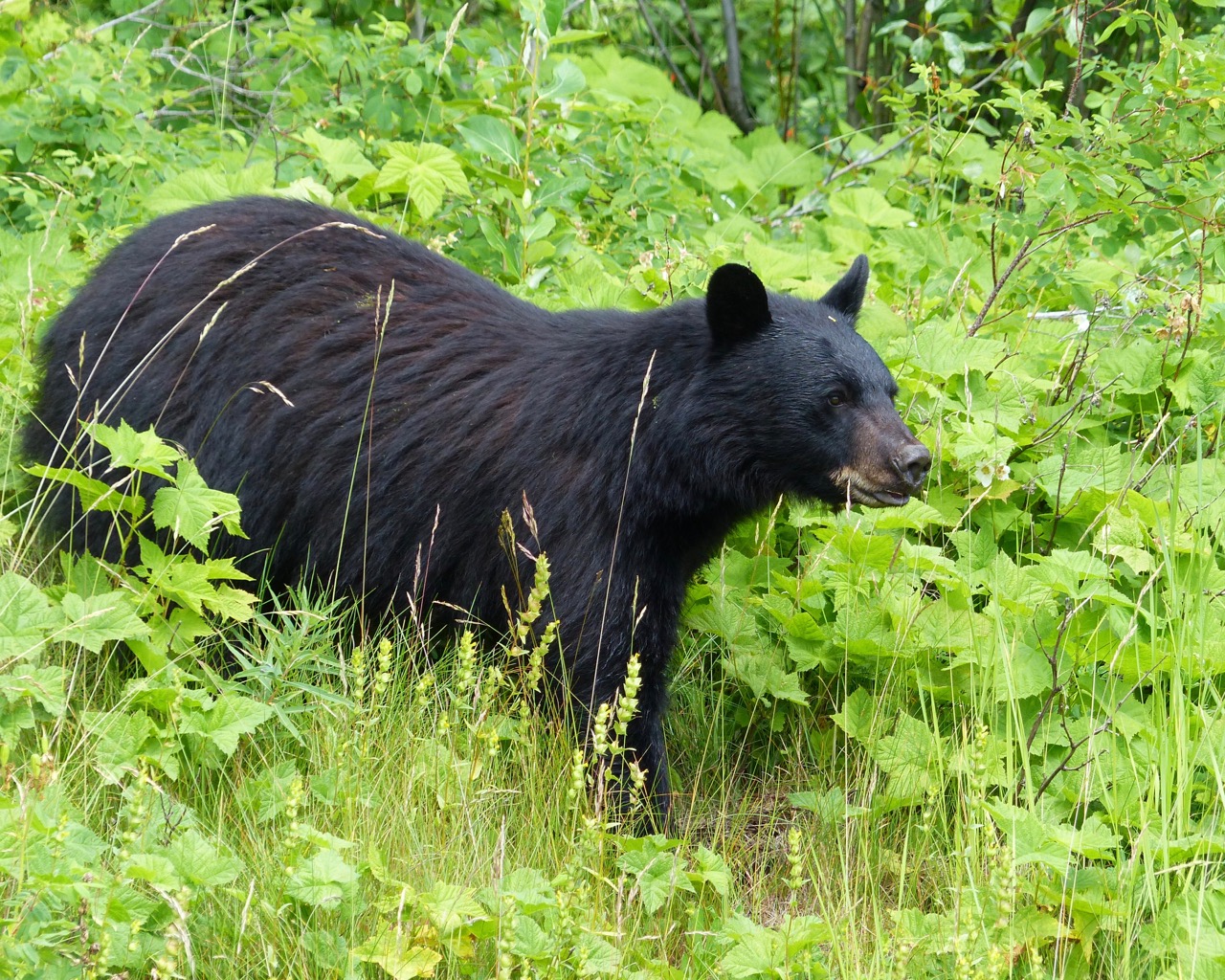Bruin benefits
The case for completely reinstating Ontario’s spring bear hunt
Advertisement
In 1999, Ontario’s spring bear hunt was cancelled, the result of a misinformation campaign waged by animal rights activists using debunked claims that hunters were orphaning bear cubs. The spring hunt was eventually reintroduced as a pilot project in 2014 and now, after 21 years of advocacy by the Ontario Federation of Anglers and Hunters (OFAH), the Ontario government is proposing to reinstate the hunt in full.
With animal rights activists currently dusting off their old arguments—and with a final decision on the spring hunt still pending at press time—let’s take a look at the science behind the hunt, and why it’s important for sustainable bear management in Ontario.
Advertisement
THE ORPHAN CUB QUESTION
To be clear, the orphaning of cubs by Ontario hunters is an extremely rare event. That was how Martyn Obbard, the province’s leading bear scientist, described it in 1999. In the spring, sows with cubs are relatively sedentary, after all, moving less and avoiding areas where they’re likely to encounter other bears, which reduces their susceptibility to harvest.
As well, it has always been illegal to kill a cub or a sow with cubs during the spring season, a standard condition of spring bear hunts across Canada. In Ontario, this carries the most significant penalty for a wildlife violation—up to $25,000 in fines and/or up to a year in jail. Since the introduction of Ontario’s pilot spring hunt, no charges have been laid, despite significant enforcement oversight.
Advertisement

This combination of lower harvest susceptibility and robust regulation has proven very effective. For example, a comprehensive 2004 study of Manitoba’s spring hunt, which is similar to Ontario’s, found the number of cubs orphaned by hunters was less than two per cent of the estimated number of cubs that die each year from natural causes.
Many non-hunting factors can lead to an orphaned cub, including abandonment by the sow due to limited milk supply, human disturbance at the den site, the death of the mother in vehicular- or nuisance-related incidents, and cannibalism of the sow by other bears. Despite this, opponents of the spring hunt blame hunters for all orphaned cubs, and continue to promote statements about orphaning they know are false.
THE SUSTAINABILITY FACTOR
Hunting seasons must only be supported if they are sustainable, and Ontario’s pilot project has shown the bear population can support both spring and fall seasons. With the number of bears estimated at between 85,000 and 105,000, the provincial Ministry of Natural Resources and Forestry (MNRF) has determined that 10 per cent of the population can be sustainably harvested each year. Even using the low end of the overall population estimate, the combined spring and fall harvest was below 10 per cent during each year of the pilot hunt.
We all lose when wildlife management decisions are based on emotion instead of science
To help inform its bear management decisions, the MNRF has invested heavily in a province-wide program to accurately estimate population densities. Under the program, the ministry studies bear DNA from hair samples collected at baited survey stations ringed with barbed wire. The ministry also has mandatory reporting requirements for black bear hunters, with significant penalties for failing to comply. Combined, these measures provide the necessary tools to sustainably manage black bears, as well as identify and address any conservation concerns that may arise.
THE OVERALL BENEFITS
Knowing the spring bear hunt can be managed sustainably, and that the justification for its cancellation was never valid, it’s evident how we all lose when wildlife management decisions are based on emotion instead of science and other hard evidence. A bear management strategy that includes both spring and fall seasons provides benefits to hunters, northern and rural businesses, the general public and even the bears.
So, what are those benefits? Hunters get healthy meat, valuable hides and time spent with friends and family. Northern and rural businesses enjoy the estimated $50.6 million that bear hunting contributes each year to Ontario’s economy, $13.8 million of which comes from the spring hunt. And the public benefits because regulated hunting is recognized as a key management tool, along with education, for ensuring sustainable bear populations.
Finally, the bears themselves benefit from increased social tolerance. Many people are unaware that prior to 1961, black bears were considered vermin in Ontario and shot under a bounty system. It was the OFAH that lobbied for them to be recognized, managed and valued as a big-game species. Those efforts continue today as we advocate for the science-based management of black bears—complete with a spring hunting season.
Learn more about OFAH’s position on the spring bear hunt at www.outdoorcanada.ca/ofahbear.
Guest columnist Keith Munro is the OFAH’S staff wildlife biologist.

